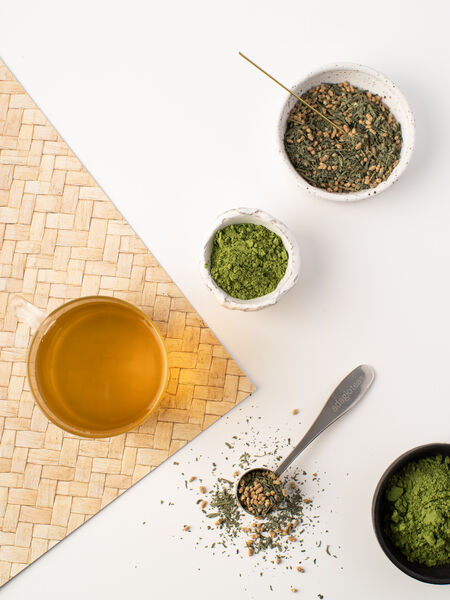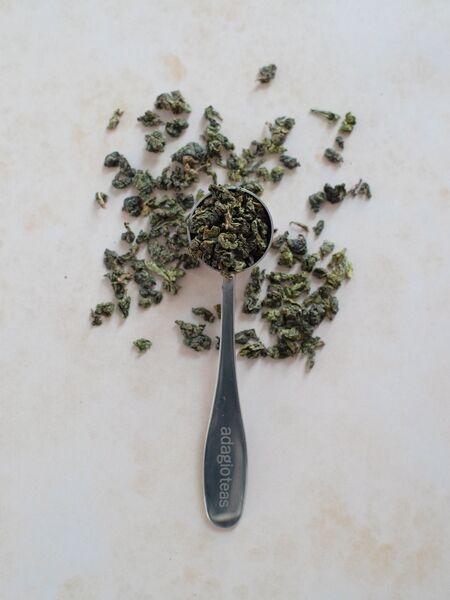Drinking Health: Quick Facts



SUMMARY
- Tea gets its flavor and astringency from tannins and flavonoids.
- All tea, no matter how it is processed, contains anti-oxidants (polyphenols).
- All polyphenols are anti-oxidants which fight free radicals, the cause of many diseases.
- Flavonoids give tea its crisp astringent taste. It is a polyphenol.
- Two additional anti-oxidants appear in tea after oxidation in the form of polymeric polyphenols called theaflavins and thearubigins.
- Tea is the only plant that provides an amino acid in its leaves, L-Theanine, which appears primarily in unprocessed white and green tea leaves. L-Theanine helps keep the brain alert.
- Green tea contains polyphenols called catechins. White, and oxidized teas, contain much smaller amounts.
- Other stimulants in tea are theine and theobromine. Theine and theobromine are part of the methyl-xanthine family which also includes mateine (in yerba mate) and caffeine (in coffee, cola, chocolate and tea.) Caffeine appears in very small quantities in tea.
POLYPHENOLS:
FEATURES: Complex molecules found in Camellia sinsensis
ADVANTAGE: It is not compromised by oxidation
BENEFITS: Works as anti-oxidants to fight free radicals
CATECHINS:
FEATURES: Flavonoids that have anti-oxidant qualities
ADVANTAGE: Heaviest quantities are in green teas
BENEFITS: Potential to fight cancers and heart disease
FLAVONOIDS
FEATURES: Phytochemical compound that provides antioxidant activity
ADVANTAGE: In large quantities
BENEFITS: May fight disease
THEINE & THEOBROMINE
FEATURES: Xanthines which stimulate brain activity and relaxes the body
ADVANTAGE: Easier on the body than caffeine
BENEFITS: Enhances well being
L-THIANINE
FEATURES: An amino acid
ADVANTAGE: Only appears in the leaves of Camellia sinensis
BENEFITS: Enhances brain wave activity
TANNINS
FEATURES: Contributes to the flavor profiles of tea
ADVANTAGE: It is not compromised by oxidation
BENEFITS: Makes tea pleasant to drink
 teaclass
teaclass
